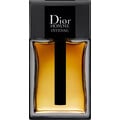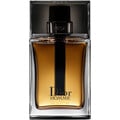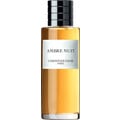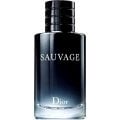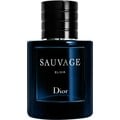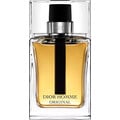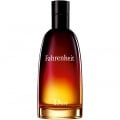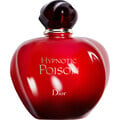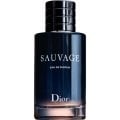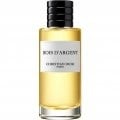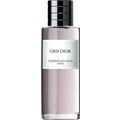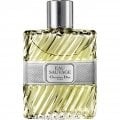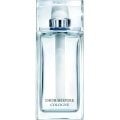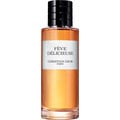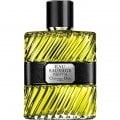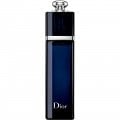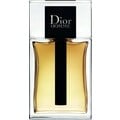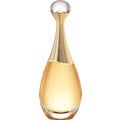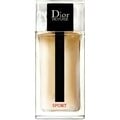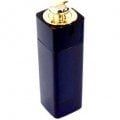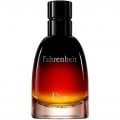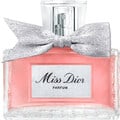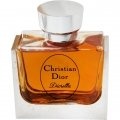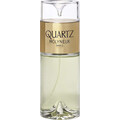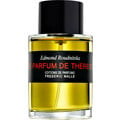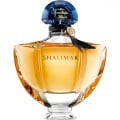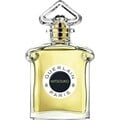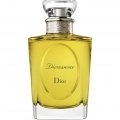01/20/2019

SchatzSucher
107 Reviews
Translated
Show original

SchatzSucher
Top Review
37
Don't be shy of chypre scents, they don't bite
There is an almost unmanageable selection of chypre scents, whereby I personally like the classic structure with the fresh hesperidic start, the flowery heart and the tart oakmoss base best. Decorative accessories such as a touch of animalism (but only a touch, please), patchouli to earth, vetiver or sandalwood are also very welcome.
Many a person may feel rather repulsed by chypre scents, too harsh, too harsh, too rough, too this, too that. This is understandable, as our scent sensations and preferences are as different as the big world of scents and not everyone likes it particularly harsh But I am of the opinion that with the green chypre scents of the classic design a look or a sniff is worthwhile.
Diorella (already the name sounds so lovely) is one of those treasures my nose loves to get stuck on.
From the great hand of Edmond Roudnitskas, brought to the market in 1972, which is also my year of birth, balanced proportion of citrus, flowers and moss and also still unobtrusive, the fragrance must please me or ?
And how!
What I find extremely interesting here at Diorella is the close relationship to Eau Sauvage, also created by Mr Roudnitska.
I have never really found my way into Eau Sauvage. An excellent scent, no question about it, but for me it was too harsh, too serious and I never really felt comfortable with the scent But Diorella was extended by some aspects and so for me it became a nice alternative to Eau Sauvage.
If you compare the scent pyramids, you will find some similarities, from the citric start to the mossy base.
Diorella has been debittered and cheered up, so to speak, and you notice that right from the start. Where Eau Sauvage starts off rather tart, Diorella starts off sunnier and friendlier, missing the tangy and spicy ingredients, which were replaced by undefined green notes and a touch of melon.
In the heart, where Eau Sauvage continues on its serious path, the sun is already shining at Diorella with many flowers, from which mainly jasmine and carnation emerge. These floral aspects are not sweet and not too opulent. I have read that Diorella's hedione content has been increased to 8% compared to Eau Sauvage 2%. This may also explain the more friendly and cheerful impression.
Towards the base, Diorella also shows his tart and mossy nature, but is in no way strict or dismissive, which I have always felt with Eau Sauvage.
Diorella literally smiles at me, while Eau Sauvage is not able to smile at me.
I clearly assign the color green to Diorella, but it is a much brighter green than Dioressence. Diorella is more delicate, more delicate and much less opulent than Dioressence. I think Diorella needs a little bit higher temperatures to show to advantage. On a cold winter day like today, the fragrance might get a bit lost. Diorella is absolutely not obtrusive, so it is very suitable for the office and for leisure time as well. The durability is very good for a rather light scent, 6-7 hours are in it, after 2 hours it becomes very close but still well perceptible.
Those who have otherwise kept their distance with chypre scents may like to try Diorella, here it doesn't creak, the scent is consistently cheerful and friendly and doesn't kill.
I would also like to mention that Diorella is one of the classically designed fragrances that can be worn by men as well. Also the gentlemen who have a certain shyness for flowers can be carefree, here everything is very well balanced. This might be an alternative if someone feels the same way about Eau Sauvage as I do. Diorella can pass for a Diorello
In this case I have commented the current version of Diorella, unfortunately I do not know the vintage version (yet). This one was certainly richer in all points, especially concerning oakmoss. But we don't have to discuss the idle topic of reformulations now.
If the earlier version of Diorella ever comes into my hands, I will probably give the current version the cold shoulder. But as I know it now, I like it very much and the classic style can be seen very well. By the way, I'm aware that Diorella and Eau Sauvage are not fragrance twins, but only somewhat closer relatives, with similarities as well as differences. In any case, you can see that they were created by the same master craftsman.
Many a person may feel rather repulsed by chypre scents, too harsh, too harsh, too rough, too this, too that. This is understandable, as our scent sensations and preferences are as different as the big world of scents and not everyone likes it particularly harsh But I am of the opinion that with the green chypre scents of the classic design a look or a sniff is worthwhile.
Diorella (already the name sounds so lovely) is one of those treasures my nose loves to get stuck on.
From the great hand of Edmond Roudnitskas, brought to the market in 1972, which is also my year of birth, balanced proportion of citrus, flowers and moss and also still unobtrusive, the fragrance must please me or ?
And how!
What I find extremely interesting here at Diorella is the close relationship to Eau Sauvage, also created by Mr Roudnitska.
I have never really found my way into Eau Sauvage. An excellent scent, no question about it, but for me it was too harsh, too serious and I never really felt comfortable with the scent But Diorella was extended by some aspects and so for me it became a nice alternative to Eau Sauvage.
If you compare the scent pyramids, you will find some similarities, from the citric start to the mossy base.
Diorella has been debittered and cheered up, so to speak, and you notice that right from the start. Where Eau Sauvage starts off rather tart, Diorella starts off sunnier and friendlier, missing the tangy and spicy ingredients, which were replaced by undefined green notes and a touch of melon.
In the heart, where Eau Sauvage continues on its serious path, the sun is already shining at Diorella with many flowers, from which mainly jasmine and carnation emerge. These floral aspects are not sweet and not too opulent. I have read that Diorella's hedione content has been increased to 8% compared to Eau Sauvage 2%. This may also explain the more friendly and cheerful impression.
Towards the base, Diorella also shows his tart and mossy nature, but is in no way strict or dismissive, which I have always felt with Eau Sauvage.
Diorella literally smiles at me, while Eau Sauvage is not able to smile at me.
I clearly assign the color green to Diorella, but it is a much brighter green than Dioressence. Diorella is more delicate, more delicate and much less opulent than Dioressence. I think Diorella needs a little bit higher temperatures to show to advantage. On a cold winter day like today, the fragrance might get a bit lost. Diorella is absolutely not obtrusive, so it is very suitable for the office and for leisure time as well. The durability is very good for a rather light scent, 6-7 hours are in it, after 2 hours it becomes very close but still well perceptible.
Those who have otherwise kept their distance with chypre scents may like to try Diorella, here it doesn't creak, the scent is consistently cheerful and friendly and doesn't kill.
I would also like to mention that Diorella is one of the classically designed fragrances that can be worn by men as well. Also the gentlemen who have a certain shyness for flowers can be carefree, here everything is very well balanced. This might be an alternative if someone feels the same way about Eau Sauvage as I do. Diorella can pass for a Diorello
In this case I have commented the current version of Diorella, unfortunately I do not know the vintage version (yet). This one was certainly richer in all points, especially concerning oakmoss. But we don't have to discuss the idle topic of reformulations now.
If the earlier version of Diorella ever comes into my hands, I will probably give the current version the cold shoulder. But as I know it now, I like it very much and the classic style can be seen very well. By the way, I'm aware that Diorella and Eau Sauvage are not fragrance twins, but only somewhat closer relatives, with similarities as well as differences. In any case, you can see that they were created by the same master craftsman.
20 Comments

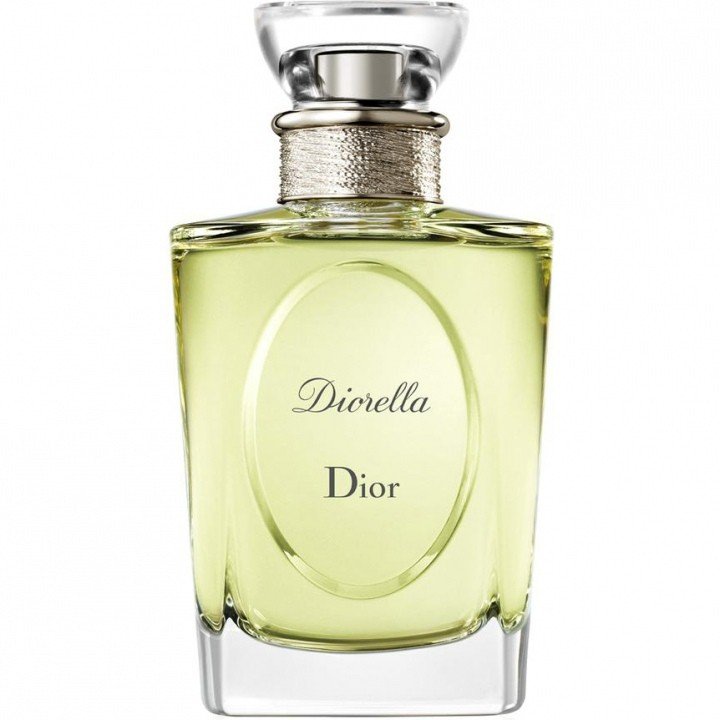


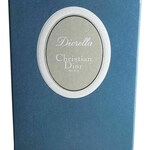
 Top Notes
Top Notes 




 Heart Notes
Heart Notes 





 Base Notes
Base Notes 











 Jazzy76
Jazzy76 KimJong
KimJong